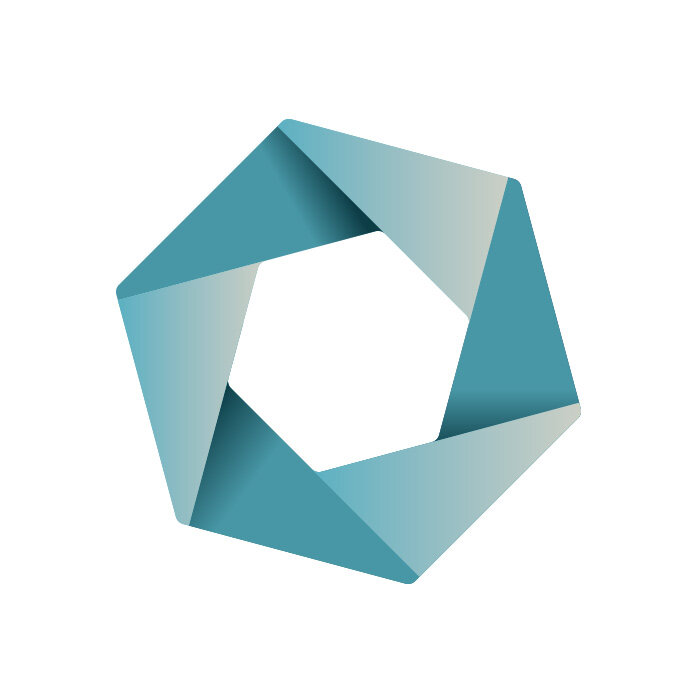CMMS, EAM or ERP: Which is right for your business?
As a business grows and operational complexity increases, one of the most critical decisions it will face is selecting the right software solution to manage assets, maintenance, and operations.
The terms CMMS (Computerized Maintenance Management System), EAM (Enterprise Asset Management), and ERP (Enterprise Resource Planning) often come up in these conversations. Choosing the right system is crucial as it offers distinct functionalities that can significantly enhance business efficiency, cost control, and long-term sustainability.
Let’s break down CMMS, EAM, and ERP systems, provide leading software options for each, and help you determine which solution best suits your business.
Understanding CMMS: The maintenance-focused solution
A CMMS is tailored to enhance a business's maintenance management processes. It automates tasks like scheduling maintenance, managing fleets and work orders, tracking spare parts, and boosting asset uptime. If your primary need is to streamline maintenance operations without focusing on broader asset lifecycle or financial management, a CMMS could be the ideal solution.
CMMS pricing varies significantly depending on the size and complexity of the business. Small businesses typically opt for entry-level plans, which are more affordable and often have fewer features. For instance, systems like Limble CMMS charge $40 per user per month for small businesses and scale up to $120 for more advanced plans. SMBs benefit from subscription-based models that offer predictable monthly costs, which may range from $33 to $85 per user, depending on the feature set.
In contrast, larger enterprises typically need extensive customization, integration with other systems (such as ERP or IoT platforms), and advanced analytics. As a result, enterprise-level CMMS solutions involve higher upfront costs and custom pricing tailored to the organization's scale and complexity.
Key features of CMMS software:
- Work order management: Automates the creation, tracking, and closure of work orders to ensure the timely completion of maintenance tasks.
- Preventive maintenance scheduling: Reduces unplanned downtime by ensuring maintenance occurs on a regular schedule.
- Inventory management: Tracks spare parts and ensures critical inventory is in stock to avoid maintenance delays.
- Maintenance reporting: Provides insights into maintenance performance, costs, and asset longevity.
Leading CMMS software options:
- UpKeep: A mobile-first CMMS, or, technically, more of a CMMS, EAM & IIoT (Industrial Internet of Things) suite that focuses on ease of use and scalability, popular among small to mid-sized businesses.
- Fiix: Known for its AI-powered maintenance insights, Fiix helps businesses manage maintenance schedules and work orders efficiently.
- MaintainX: Another mobile-first CMMS and EAM designed to prevent regulatory interruptions and unplanned downtime through intelligent, automated preventive and predictive maintenance.
Best for: Businesses with a primary focus on maintenance management, such as manufacturing plants, healthcare facilities, and property management companies.
Exploring EAM: Asset management at scale
EAM software takes asset management a step further than CMMS by overseeing the entire asset lifecycle, from acquisition to disposal. It manages maintenance schedules and monitors asset performance, tracks associated financials, and ensures compliance with regulations. If your business relies on a large number of assets or has multiple locations, an EAM system provides a more comprehensive solution.
As with CMMS, asset management software costs can vary significantly, ranging from $300 to $250,000 annually. For different business sizes, the pricing breakdown is as follows: Small businesses generally pay $20-$80 per month or $500-$1,500 upfront, excluding installation and implementation fees. For medium-sized businesses, the cost typically ranges from $80-$150 per month or $1,500-$3,000 upfront. Large enterprises usually pay between $150-$300+ per month or $3,000-$5,000+ upfront.
Key features of EAM software:
- Asset lifecycle management: Manages assets from procurement through disposal, offering a complete view of their operational and financial performance.
- Performance monitoring: Tracks asset health and efficiency to optimize uptime and reduce costs.
- Regulatory compliance: Ensures assets meet industry standards and safety regulations.
Capital planning: Assists in planning for large expenditures on asset upgrades or replacements, ensuring a cost-effective approach to asset management.
Leading EAM software options:
- IBM Maximo: One of the most well-known EAM solutions, IBM Maximo offers extensive asset management capabilities with strong integration options.
- Eptura Asset: A comprehensive asset management platform designed to help organizations optimize and automate their asset lifecycle. The Eptura platform also increases asset uptime with its user-friendly preventive maintenance tools.
- SAP EAM: Part of the broader SAP ERP suite, SAP EAM integrates seamlessly with other business functions, making it ideal for businesses already using SAP’s solutions.
Best for: Organizations that manage extensive assets across multiple locations, such as utility companies, transportation providers, and large manufacturers.
ERP: The comprehensive business solution
ERP systems provide a comprehensive business management solution that integrates essential processes such as finance, human resources, supply chain, and asset management. Today’s software often includes modules for maintenance and asset management, making them a versatile option for businesses in need of streamlining multiple functions beyond maintenance or asset tracking. These solutions are especially valuable for growing businesses that require scalability, flexibility, and centralized data across departments.
The average ERP budget per user is $9,000. For mid-sized businesses, factoring in the number of users and additional expenses, implementation costs can range from $150,000 to $750,000.
Key features of ERP software:
- Centralized data: ERP systems unify data from various departments into one platform, breaking down silos and improving cross-departmental visibility.
- Modular design: ERP software is often modular, allowing businesses to implement only the features they need, such as accounting, human resources, inventory, or asset management.
- Real-time insights: ERP systems provide up-to-date reporting and analytics across the business, helping decision-makers act on accurate, current data.
- Scalability: As businesses grow, ERP systems can scale to accommodate more users, additional locations, or expanded business operations.
Leading ERP software options:
- SAP ERP: This should be a surprise to no one. As hinted at in the EAM section, SAP offers one of the most comprehensive ERP solutions with modules for every key business function, including asset management and maintenance.
- Oracle NetSuite: A cloud-based ERP system known for its flexibility and modular design, NetSuite is widely used by businesses of all sizes and industries.
- Epicor Kinetic: Designed specifically for manufacturers, Epicor Kinetic’s functionality is tailored to the unique needs of the manufacturing sector. It offers production management, supply chain optimization, and real-time data analytics, making it ideal for businesses looking to modernize and optimize their manufacturing operations.
TL;DR: Key differences between CMMS, EAM, and ERP
Understanding the distinctions between these three systems is essential for making an informed decision. Here’s how they compare based on core functionalities:
| Feature | CMMS | EAM | ERP |
|---|---|---|---|
| Core focus | Maintenance management | Asset lifecycle management | Entire business operations |
| Asset management | Basic (limited to maintenance) | Comprehensive | Available through specific modules |
| Maintenance management | Advanced | Advanced | Available through specific modules |
| Integration with other systems | Limited | Moderate | Extensive (finance, HR, CRM, etc.) |
| Cost | Typically lower | Mid-range | Higher, depending on customization requirements |
| Best for | Maintenance-centric industries | Asset-heavy industries | Growing or multi-location enterprises |
The choice between CMMS, EAM, and ERP largely depends on your needs and operational complexity. However, it's important to note that some ERP systems offer CMMS and EAM functionalities as integrated modules, allowing businesses to manage maintenance and asset management within a broader business management framework.
Free white paper
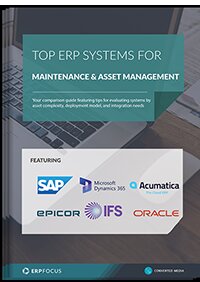
Top ERP Software for Maintenance & Asset Management
Compare ERP systems with CMMS and EAM capabilities to manage your assets smarter
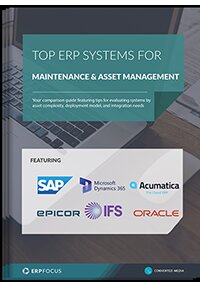
Featured white papers
-
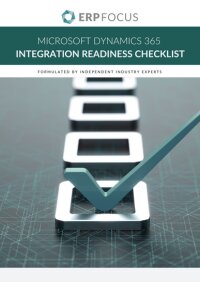
Microsoft Dynamics 365 integration readiness checklist
Get your free, practical checklist to assess whether third-party or legacy systems are ready to integrate with Dynamics 365
Download -

Top ERP Software for Maintenance & Asset Management
Compare ERP systems with CMMS and EAM capabilities to manage your assets smarter
Download
Related articles
-

Your ERP system may have more BOM functionality than you think
Our look at the different types of bills of material, and how they can help.
-
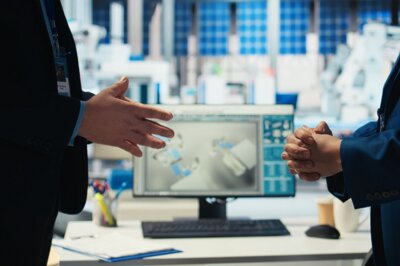
Secret KPI: Why Your ERP Implementation Team Matters More Than Software
Learn how Godlan ensures successful ERP implementation for manufacturers with proven strategies &...
-
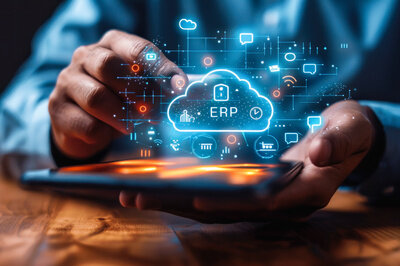
A beginner’s guide to ERP integration
What is ERP integration, why it matters, and more!

